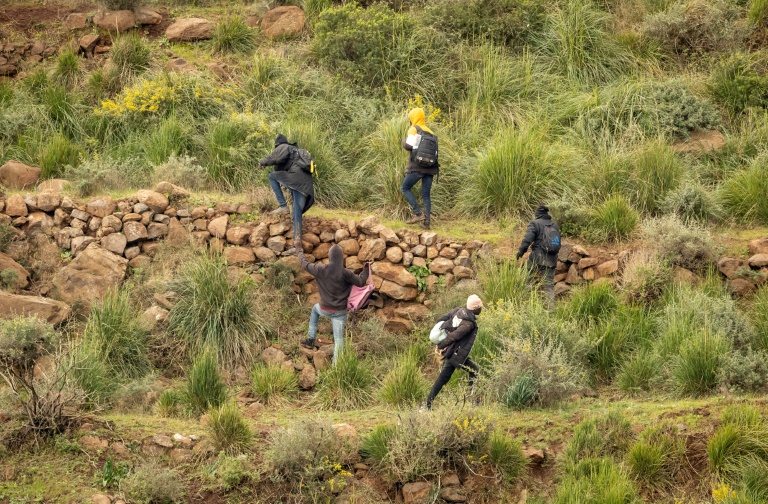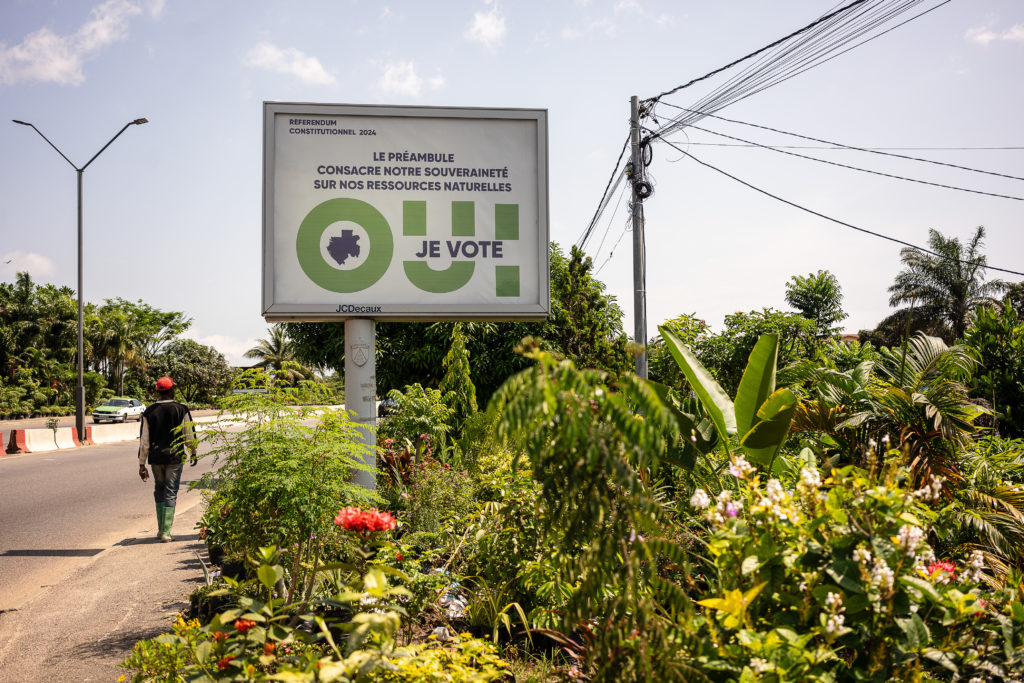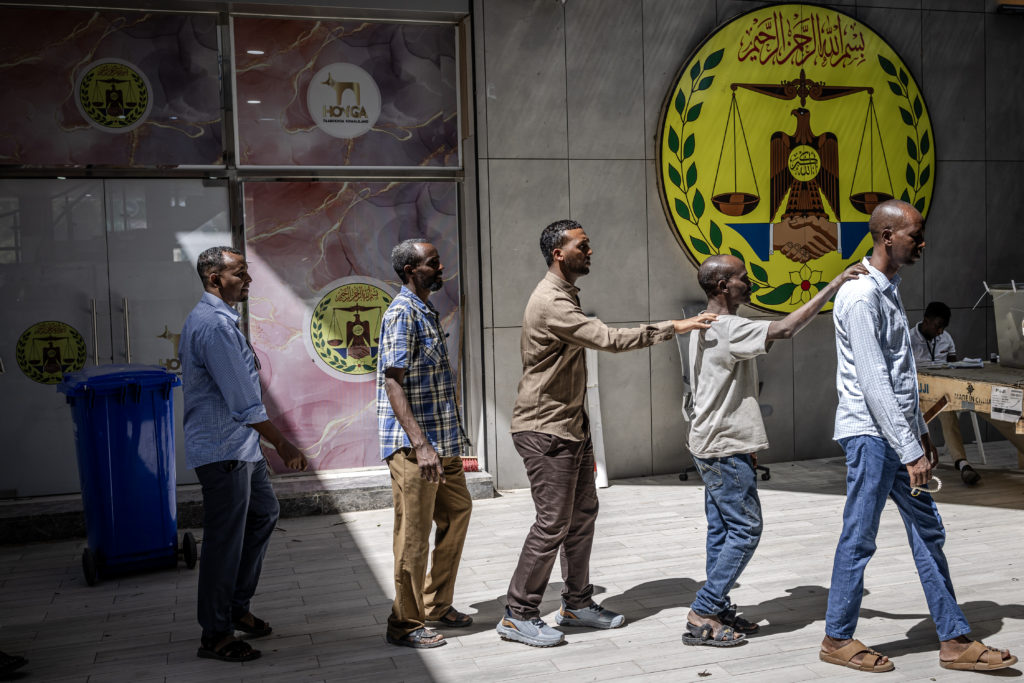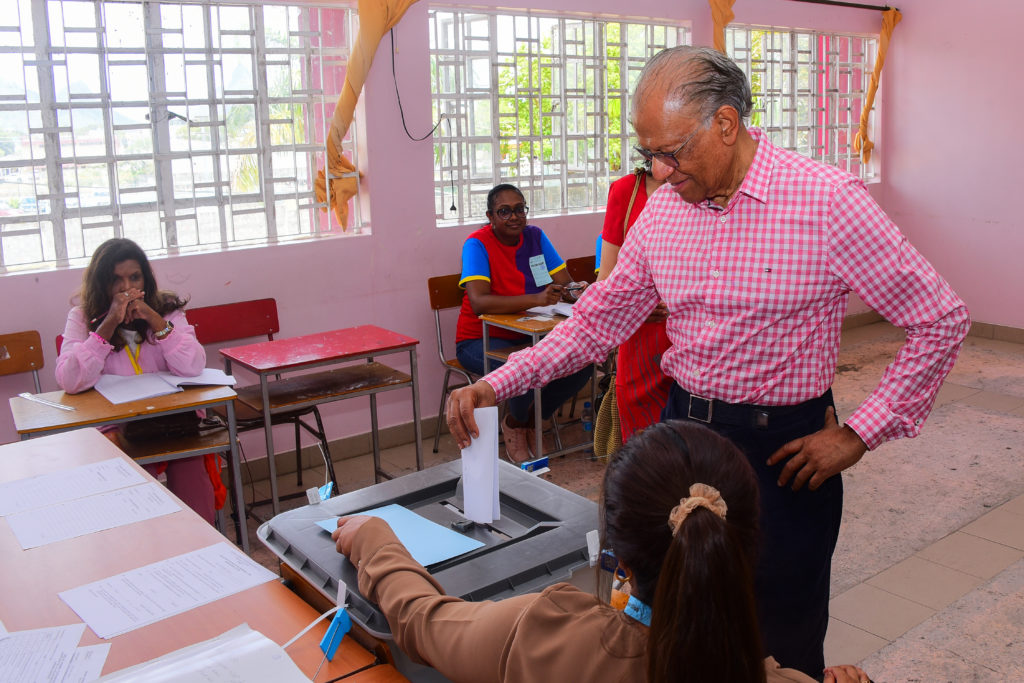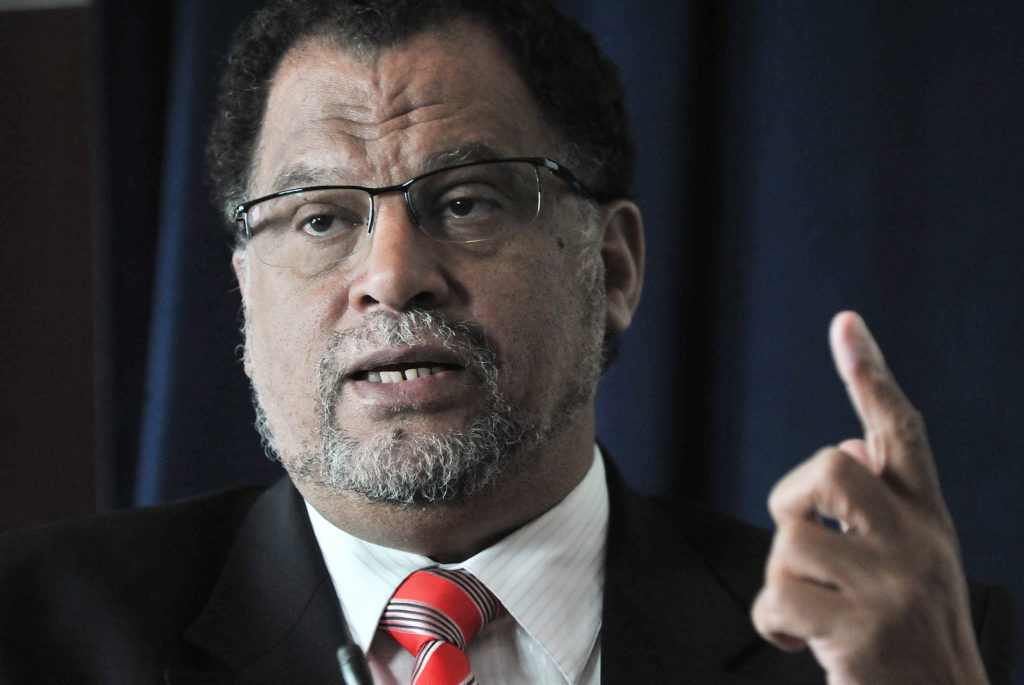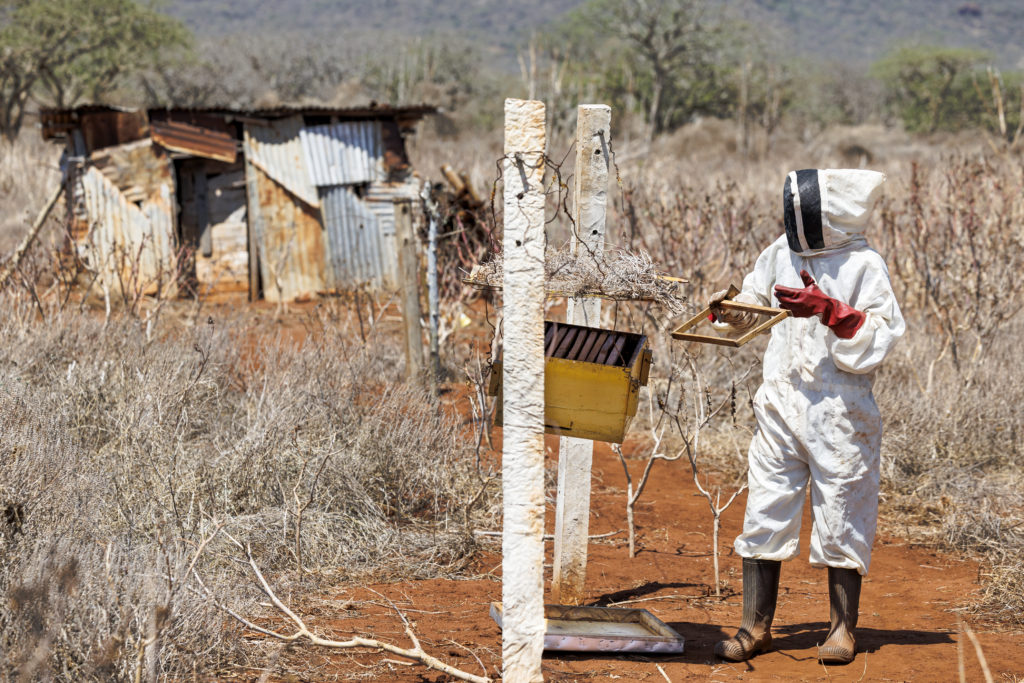The Spanish prime minister on Saturday described a deadly migrant rush on the enclave of Melilla from Morocco as an attack on Spain’s “territorial integrity”, as human rights activists demanded an investigation.
At least 18 African migrants died in the latest drama on the doors of the European Union, when around 2,000 mostly sub-Saharan African migrants approached the Moroccan border with the tiny territory at dawn on Friday.
More than 500 managed to enter a border control area after cutting a fence with shears, Melilla authorities said in a statement.
Moroccan officials said late Friday that 13 migrants had died of injuries sustained in the incursion, in addition to five confirmed dead earlier in the day.
“Some fell from the top of the barrier” separating the two sides, a Moroccan official said.
Prime Minister Pedro Sanchez told journalists in Madrid that “if anyone is responsible for everything that happened at the border, it is the mafias that traffic in human beings.”
But Morocco’s AMDH human rights group said it was “a true catastrophe that shows the consequences of the latest Moroccan-Spanish entente”, just weeks after the two sides resolved a year-long diplomatic rift.
On Saturday, calm returned to the border area, with Moroccan security forces lightly deployed along the frontier.
In a forested area where migrants have been camping out for years, none were to be seen.
Mohamed Amine Abidar of the AMDH said migrants, who are often rounded up by authorities and taken to cities further south, had “probably moved away for fear of being displaced”.
Images on Spanish media on Friday showed exhausted migrants lying on the pavement in Melilla, some with bloodied hands and torn clothes.
The AMDH demanded a “comprehensive, quick and serious enquiry to determine responsibilities and shortcomings”, and warned against burying the migrants’ bodies until their deaths had been properly investigated.
– Residents fear attacks –
Residents of the Barrio Chino neighbourhood on the Moroccan side of the barrier said they were in shock.
“This is the most violent attempt to cross into Melilla that I’ve ever seen,” said Rachid Nejjari, a waiter in a cafe near the heavily fortified border fence.
“I saw migrants armed with sticks and iron bars… I was afraid of being attacked.”
Melilla and Ceuta, Spain’s other North African enclave, have the European Union’s only land borders on the African continent, making them a magnet for migrants.
Friday’s was the first such mass incursion since Spain mended a year-long rift by backing Morocco’s autonomy plan for the disputed Western Sahara region, scrapping its decades-long stance of neutrality.
Sanchez then visited Rabat, and the two governments hailed a “new stage” in relations.
The row had begun when Madrid allowed Brahim Ghali, leader of Western Sahara’s pro-independence Polisario Front, to be treated for Covid-19 in a Spanish hospital in April 2021.
A month later, some 10,000 migrants surged across the Moroccan border into Spain’s Ceuta enclave as border guards looked the other way, in what was widely seen as a punitive gesture by Rabat.
Rabat wants Western Sahara to have autonomous status under Moroccan sovereignty but the Polisario Front insists on a UN-supervised referendum on self-determination as agreed in a 1991 ceasefire deal.
– Migration ‘security threat’ –
In the days just before Morocco and Spain patched up their ties, there were several attempted mass crossings of migrants into Melilla, including one involving 2,500 people, the largest such attempt on record. Nearly 500 made it across.
The mending of ties has meant a drop in migrant arrivals in Spain, notably in the Canary Islands.
The number of migrants who reached the Canary Islands in April was 70 percent lower than in February, government figures show.
Sanchez warned earlier this month that “Spain will not tolerate any use of the tragedy of illegal immigration as a means of pressure”.
Spain will seek to have “irregular migration” listed as one of the security threats on the NATO’s southern flank when the alliance gathers for a summit in Madrid on June 29-30.
Over the years, thousands of migrants have attempted to gain entry to the Spanish enclaves by climbing the barriers, swimming along the coast or hiding in vehicles.
The two territories are protected by fences fortified with barbed wire, video cameras and watchtowers.

